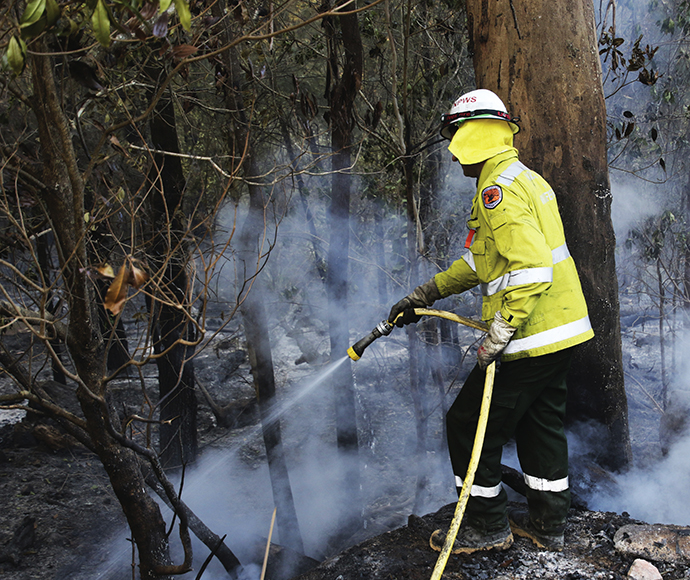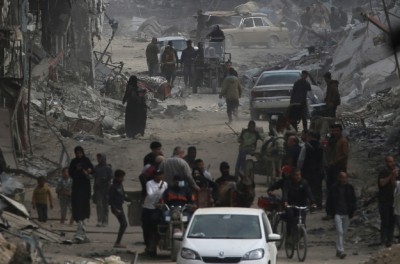The NSW National Parks and Wildlife Service (NPWS) North Coast branch has scheduled three more hazard reduction burns in the northern rivers area this week.

NPWS’ hazard reduction program for 2020 is focussed on essential burns to protect park neighbours, assets, significant habitat and promote ecological cycles.
The 3 planned northern rivers burns are on:
- Tuesday 28 and Wednesday 29 in Toonumbar National Park
This two-day burn will reduce fuel in around 530 hectares of bushland in Toonumbar National Park to help protect a telecommunications tower complex and forestry plantations from potential bushfire. It will also support the growth of native jute, which needs fire to encourage regeneration.
Called the Roseberry Plantation Hazard Reduction, it will be along Toonumbar Forest Drive and Tower Road in a gated area which is closed to the public. The burn will be completed on Friday by aerial ignition via the helicopter to be used in the nearby the Long Creek hazard reduction.
It is expected smoke will be visible all week in the broader area north-west of Kyogle. Please use caution when driving on nearby roads.
- Wednesday 20 April in Mount Jerusalem National Park
Around 14 hectares are scheduled for a low-intensity burn in the Koonyum Range above Mullumbimby in Mount Jerusalem National Park.
This burn aims to reduce bushland fuel to mitigate potential wildfires in the upper Stones Creek catchment, helping protect the houses in the Koonyum Ranges area. Called the Lookout Loop Hazard Reduction, this is the first of the area’s two planned burns over autumn and winter 2020.
- Friday 1 May in Border Ranges National Park
Around 870 hectares is scheduled for hazard reduction burn in the remote upper catchment of Findon Creek north of Old Grevillia. Called the Long Creek Hazard Reduction, this burn will be undertaken by helicopter aerial ignition.
The aim is ecological maintenance of the grassy forest types in the area for the conservation of the Eastern Bristle Bird. Smoke will be visible in the broader area for a number of days.
Undertaking burns when conditions are right to ensure they are safe and effective is an important part of managing the potential risk of bushfire to communities and the environment before next summer.
All burns across NSW will continue to be coordinated with the NSW Rural Fire Service (RFS) to ensure the impact on the community, including from smoke, are assessed at a regional level. Details on specific burns will be made available in advance on the Rural Fire Service website, ‘Fires Near Me’ app, and on NPWS Alerts website.
All hazard reduction burns over 50 hectares will be assessed by the NSW RFS in conjunction with NSW Health as required to ensure smoke impacts are minimised.
For health information relating to smoke from bush fires and hazard reduction burning, visit NSW Health or the Asthma Foundation.
For up to date information on these, and other, planned hazard reduction activities, visit the Rural Fire Service.







